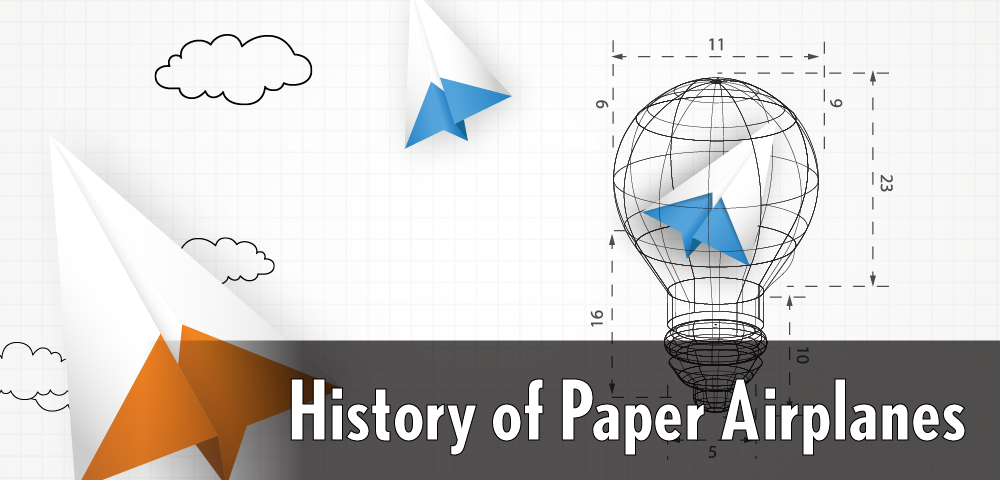
By Stacey Hall, Library Aide, Richard Byrd Library
Do you like flying paper airplanes? Have you ever wondered how long they have been around? It may be hard to believe, but people have been enjoying this activity since way back in the 1860s!
It’s a Bird! It’s a Plane! It’s a Dart!
Writing for Vox.com, Phil Edwards states that as early as 1864, children flew paper airplanes. That's long before the birth of modern aviation in 1903 when the Wright Brothers flew the first powered airplane at Kitty Hawk, North Carolina. Back then, paper airplanes were known by another name, “paper darts,” though the design strongly resembled the paper airplanes we still make today. It wasn’t until the 1950s and 1960s that paper darts became paper airplanes, due to their visual similarity with fighter jets.
What hasn't changed is that flying paper airplanes has been a mischievous activity at times, not just for children tossing them at teachers or classmates, but also, for adults. At the New York Stock Exchange (NYSE) in the 1880s, there was a $10 penalty fee imposed on members if they threw planes at each other. To be even more mischievous, people sometimes even inserted a used pencil for a sturdier or a longer version of their plane.
Building The Perfect Paper Airplane
According to the Museum of Play, the same principles which make an actual airplane fly also apply to the creation of a paper plane. The strength and thickness of paper are of a similar scale to materials used to construct airplanes. They are so similar, in fact, that the co-founder of Lockheed Corporation even used paper models of planes to test design and flight ability.
There are a lot of other things you can also learn by creating a paper airplane. The educational website ScienceFacts mentions that the creation of paper airplanes can not only spark a child’s interest in aeronautics, but it can also give children the chance to explore different designs and even do independent study and experimentation. Kids can also express their creativity by decorating their planes in their own way. Make it a collaborative project by inviting friends and family to join in creating paper airplanes and seeing whose plane flies the farthest!

